It’s Friday morning, around 10am, and I am sitting having a coffee with SSE’s press officer in their Perth canteen when suddenly two men dressed head-to-toe in hi-viz and hard hats burst in, shouting about getting a dock cleared.
I watch their argument unfold, drawn in by Stuart’s explanation of why he’s so knackered; his six-month-old has been keeping him up and his “digs” while on duty are not “exactly the best”.
His colleague, Mac, an older loading technician — long in the tooth with a gammy knee — seemingly could not care less. He just wants to see Friday through and get home for some leave.
Supervisor Billy then thunders in. He’s under immense pressure to get his site cleared.
He shouts his way through their impromptu meeting, telling them to “get a move on” and threatening them with a delayed home-time if the work is not done.
We leave the canteen and are ushered through to the site manager’s office, then a London board room before landing on the dock itself.
Things don’t end too well for young Stuart, who is killed by a falling gas canister he was hastily loading on to a tug-boat, without the correct equipment.
And all this before lunch.
Immersive training programme
“It’s just a scenario”, I have to remind myself, as Stuart’s distraught wife buckles in grief as she’s told the news of her husband’s demise.
Coupled with the appearance of his daughter, who has grown-up questioning the word “accident” and a doctor who tells us “there was nothing left to resuscitate” — it becomes apparent this is no ordinary health and safety briefing.
By the end, I am questioning the behaviour of everyone involved — Mac, Billy the supervisor, CEO Mr Banks and poor Pete, the put-upon site manager.
Which is, of course, the point.
SSE have spent £2.5 million developing their training facility in Perth.
Named after the old site near Pitlochry, the Faskally Safety Leadership Centre is the first of its kind in Scotland to use immersive training techniques.
Stuart, Mac and the rest of the gang are all — of course — fictional characters, ably played by local actors using scripts typed-up by local writers.
The energy giant has collaborated with the award-winning Active Training Team (ATT), who use “neuroscientific and psychological learning principles” they say ensures lessons are “remembered better, for longer”.
Staff ‘pulled in’
It is certainly something I will remember for a long time, but what do SSE’s staff think?
I sit down, after grabbing a restorative cup of tea, with Marshall Stirling, an apprentice cable jointer.
He has completed the training programme already and tells me it is one of the most intensive things he has done.
“I thought the whole experience was really interesting. It gives you such a better insight into how everyone’s actions can have such massive consequences, if the correct procedures are not carried out.
“What we have seen is only a small part of the programme, the training takes a full day. It is really intense.
“It teaches us to stand-up for the correct procedures. It is great for younger staff and apprentices, who might be worried about standing up to management. It gives them that confidence. It is good to know we are being supported.
“Being in this immersive training pulls you into the story, it is a lot better than just watching a DVD and signing a sheet to say you have done so.”
High-risk operations
The scenario is designed to help staff — from apprentice to chief exec — understand how their own behaviour can impact others, as well as teaching them the communication tools needed to positively challenge corporate behaviour, and accept change.
The centre hopes to usher more than 7,000 people through its doors every year, with one-day-a-week availability for other businesses who want to book the training programme on offer too.
SSE carries out thousands of high-risk operations every day.
They want to make sure everyone involved in their projects across the world get home safe at the end of the working day.
Investing in programmes like this one, and making sure staff feel supported in challenging decisions which impact on their wellbeing, are more important than any profit and loss report.
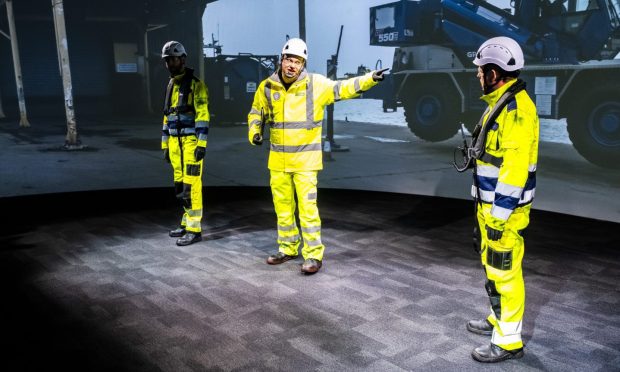
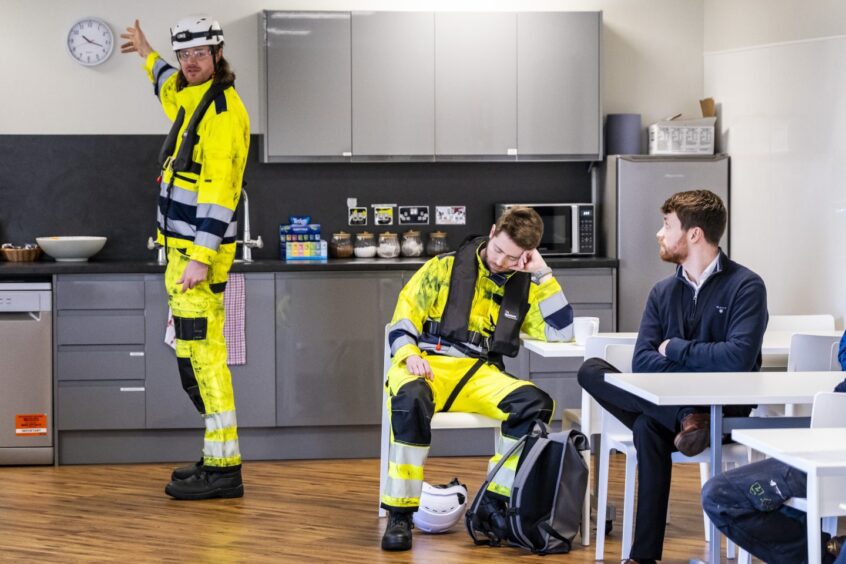
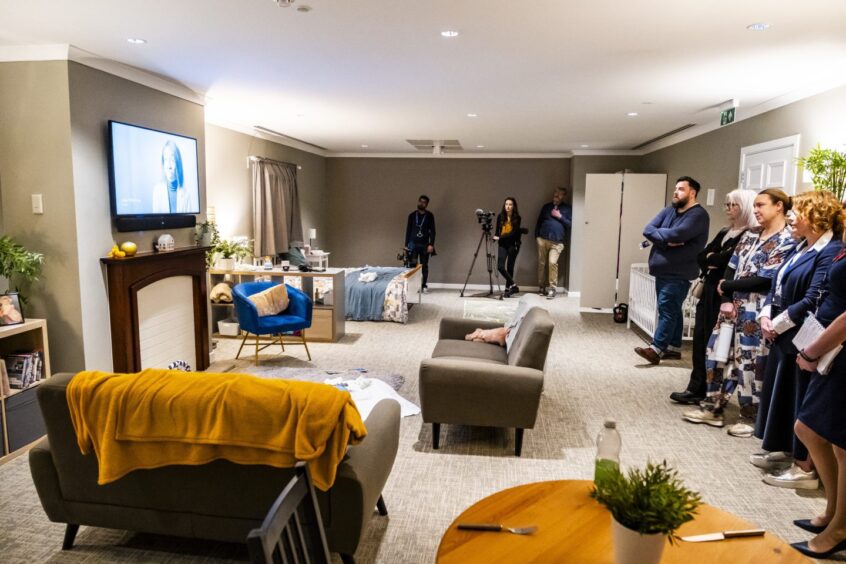
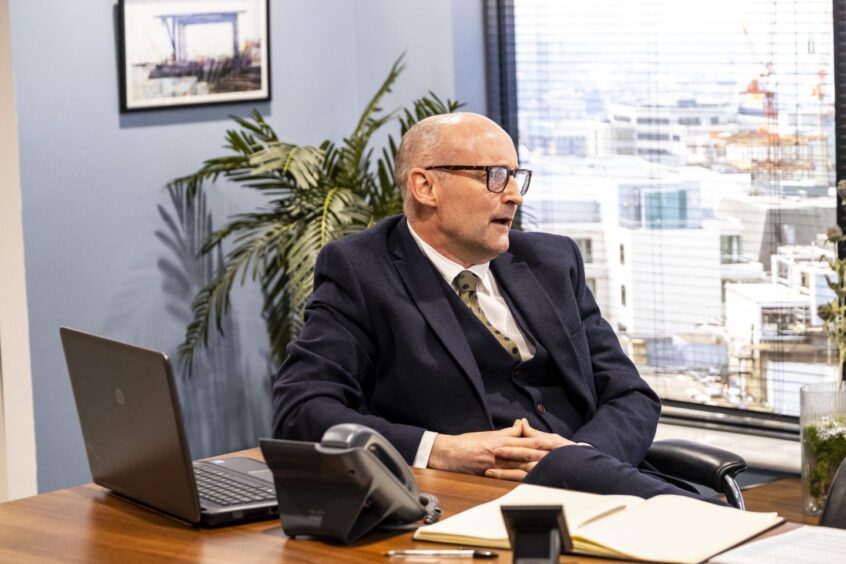
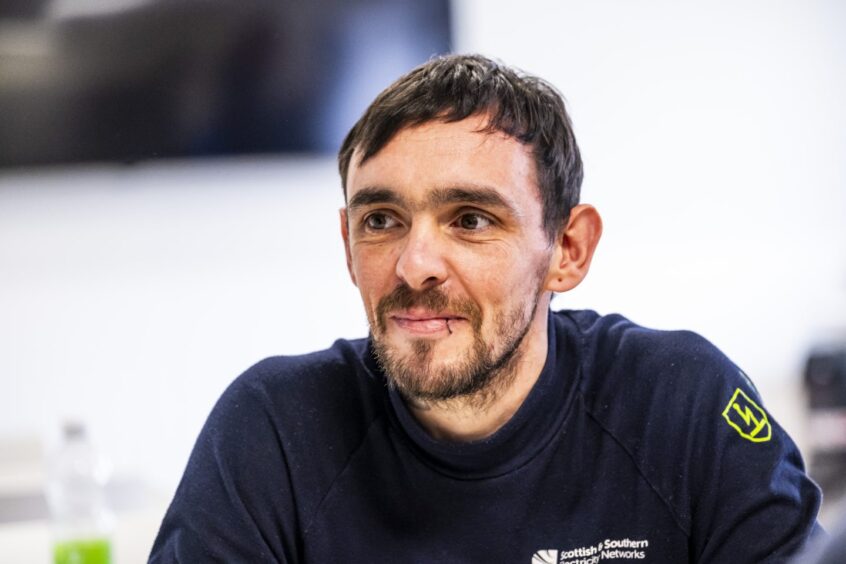
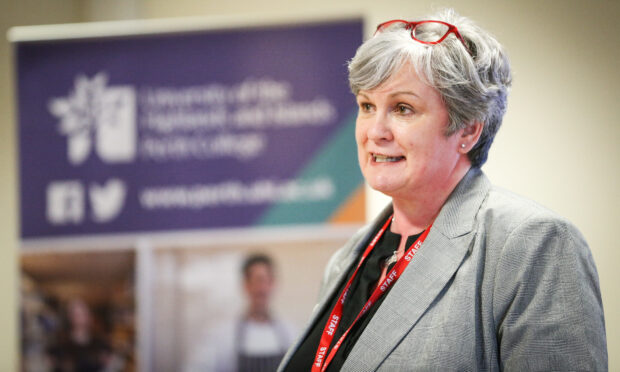
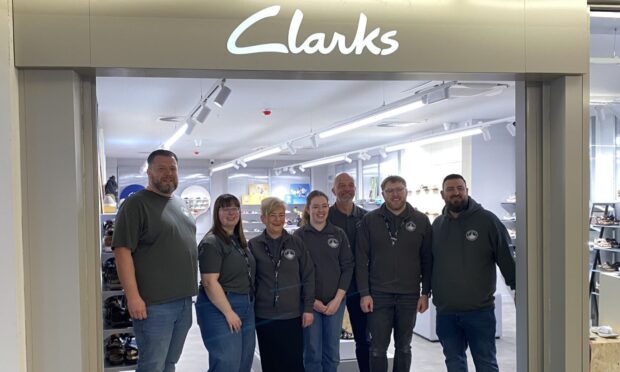
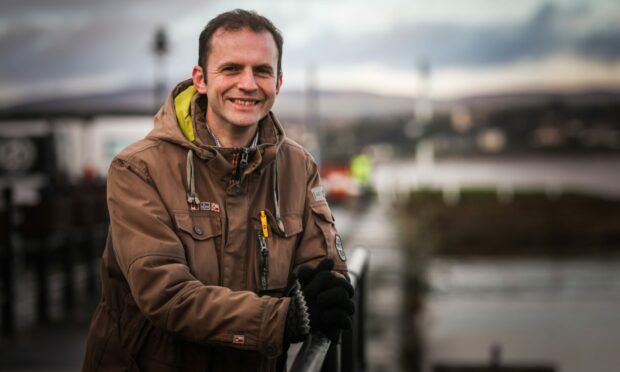
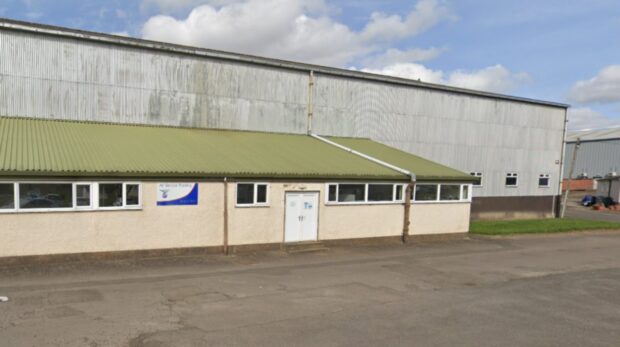
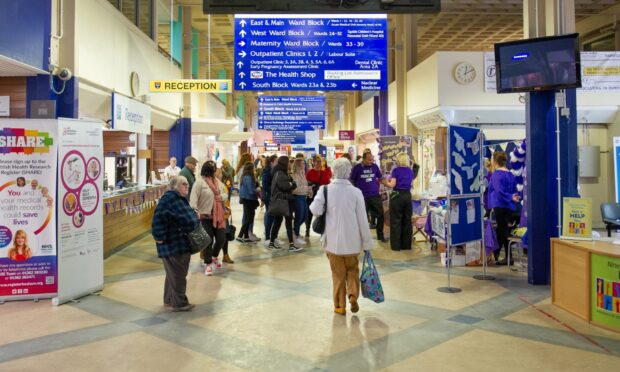
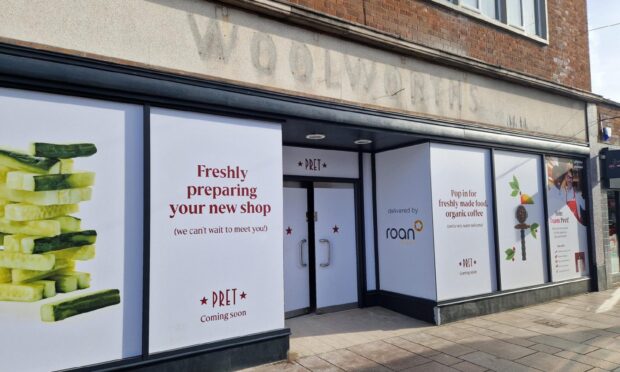
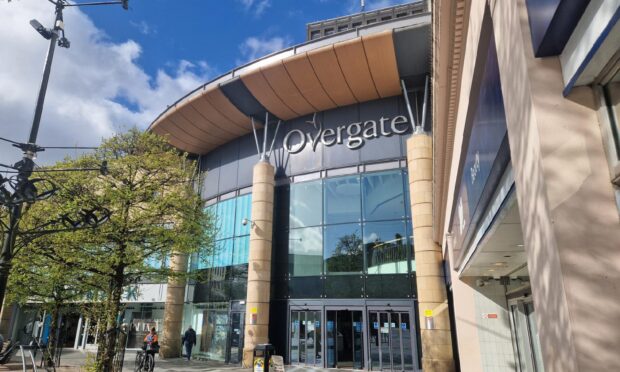
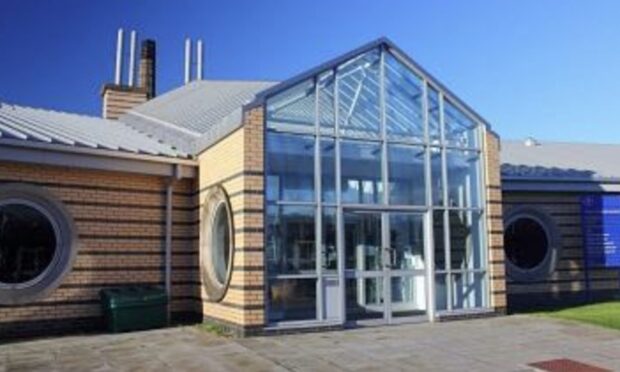
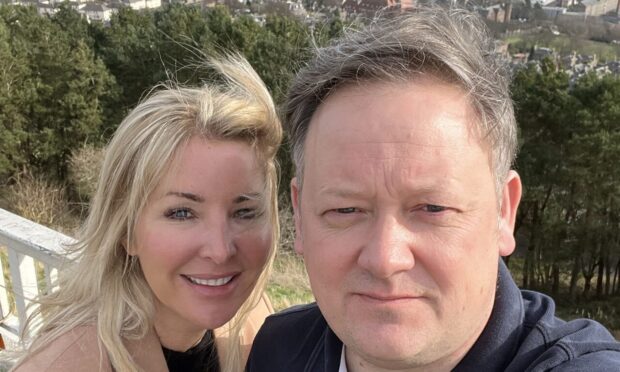
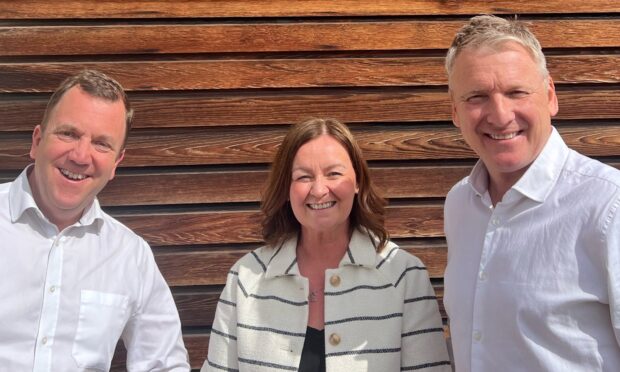
Conversation